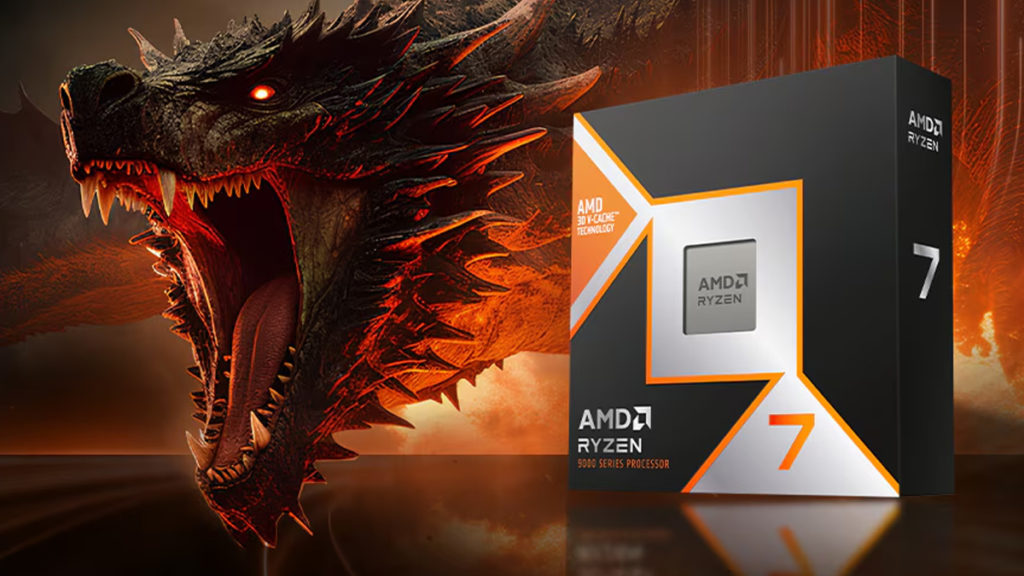The Ryzen 7 9800X3D, a next-generation processor for gamers that AMD introduced in October based on the “Zen 5” architecture and utilizing 2nd Gen AMD 3D V-Cache technology, has been difficult to find at retailers partially because Intel failed to deliver a worthy competitor, according to new statements that Frank Azor, the chief architect of gaming solutions and gaming marketing at AMD, shared during an interview with press during this week’s CES 2025 event. “This is becoming crazy, and nobody can find these processors pretty much anywhere,” one journalist pointed out, to which Azor replied, “We didn’t know the competitor had built such a horrible one. So the demand has been a little bit higher than we had originally forecasted.” Advertised by AMD as delivering the “highest processor gaming performance on the market,” the Ryzen 7 9800X3D recently became available for pre-order again at major retailers that include B&H Photo and Amazon.
Journalist: My question is on the continuing shortages of 9800X3D parts. This is becoming crazy, and nobody can find these processors pretty much anywhere.
McAfee: What I can say is that we have been ramping our manufacturing capacity — the monthly, quarterly output of X3D parts. That’s 7000X3D as well as 9000X3D. It’s crazy how much we have increased over what we were planning. I will say that the demand that we have seen from 9800X3D and 7800X3D has been unprecedented.
Azor: Put it this way, we knew we built a great part. We didn’t know the competitor had built such a horrible one. So the demand has been a little bit higher than we had originally forecasted.
McAfee: I think the thing you have to keep in mind is, unlike, you know, building a traditional semiconductor product, it’s basically, you know, 12 to 13 weeks from when you start a wafer to when you get a product out the other end of the machine, and the stacking process adds time to that.
And so it’s longer than a quarter to really ramp, you know, the output of those products, and so we’re working very, very hard to catch up with demand. I think as we go through the first half of this year, you’ll see us continue to increase output of X3D. You know there’s no secret, X3D has become a far more important part of our CPU portfolio than I think we, any of us, would have predicted a year ago.
And I think that trend will continue into the future, and we are ramping capacity to ensure we catch up with that demand as long as consumers want those X3D parts.

